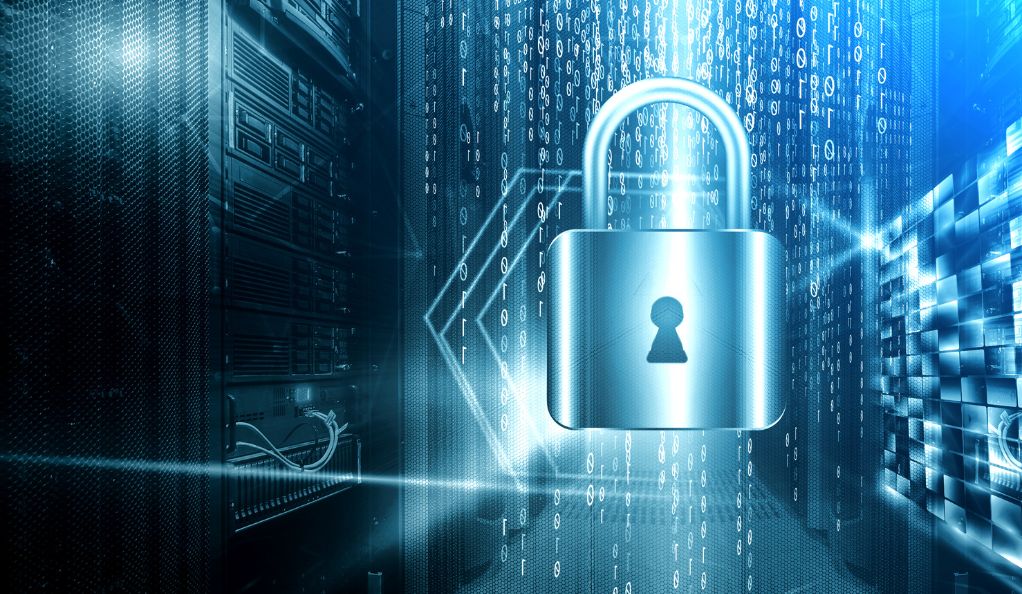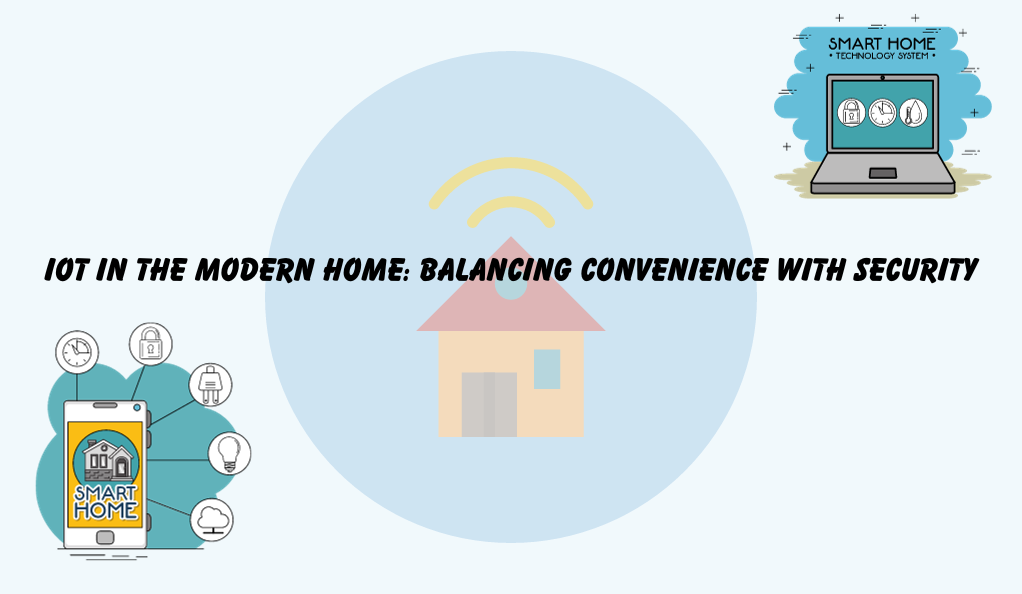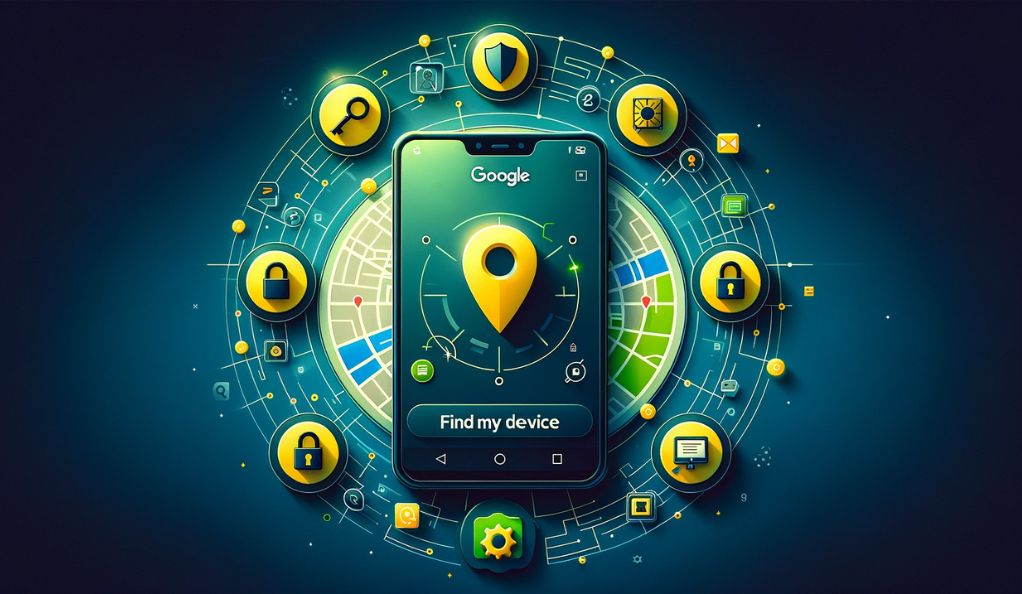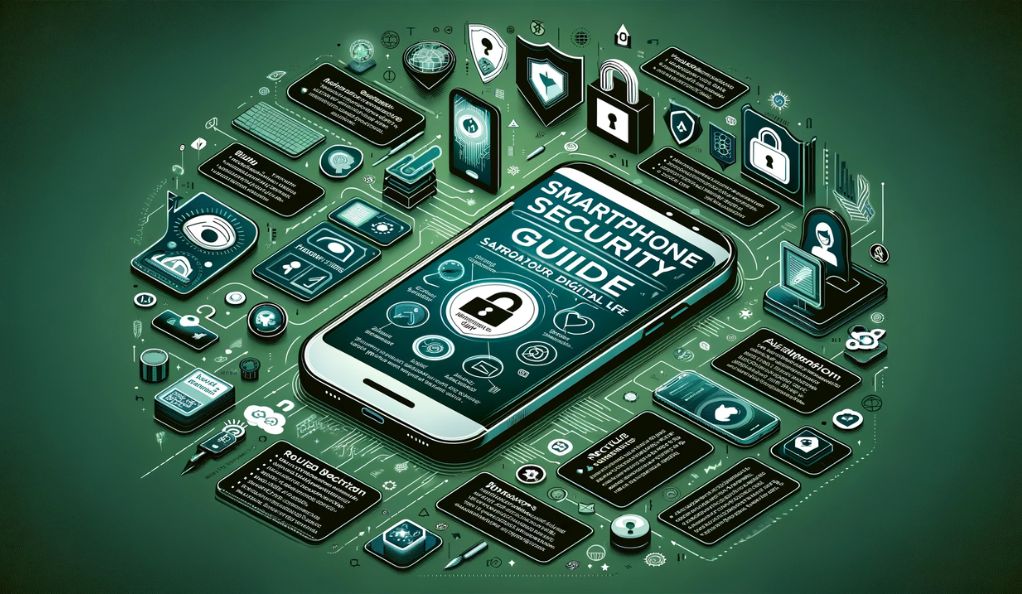The Internet of Things (IoT) is a transformative technological concept that has reshaped our daily lives in unprecedented ways. At its core, IoT refers to the interconnection of everyday objects, enabling them to collect, exchange, and act on data without requiring human-to-human or human-to-computer interaction. This seamless integration of physical devices, vehicles, home appliances, and other items embedded with sensors, software, and other technologies has ushered in a new era of convenience and efficiency.
What is IoT?
IoT is the network of physical objects embedded with sensors, software, and other technologies to connect and exchange data with other devices and systems over the internet. These devices range from ordinary household items to sophisticated industrial tools. With over 30 billion IoT devices expected to be online by 2025, the impact of this technology is vast and far-reaching.
| IoT Device | Function |
|---|---|
| Smart Thermostat | Adjusts home temperature based on preferences and usage patterns. |
| Wearable Fitness Trackers | Monitors health metrics like heart rate and steps taken. |
| Smart Refrigerators | Tracks expiry dates, suggests recipes based on contents, and even restocks groceries. |
| Home Security Cameras | Provides real-time surveillance and sends alerts for unusual activities. |
The Modern Home: A Hub of Connectivity
The modern home has become a focal point for IoT integration. From smart lighting systems that adjust based on the time of day, to intelligent ovens that can be preheated from your smartphone before you even get home, the possibilities are endless. These devices not only offer unparalleled convenience but also enhance the quality of life. Imagine waking up to a coffee machine that starts brewing just as your alarm goes off or a refrigerator that orders milk online when you’re running low.
However, as we revel in these conveniences, it’s essential to understand the underlying technologies, the benefits they bring, and the challenges they present. This article aims to delve deep into the world of IoT in the modern home, highlighting its advantages while also addressing the critical aspect of security in the connected age.
The Rise of Smart Homes

The concept of a ‘smart home’ is no longer a futuristic vision; it’s a present-day reality. Over the past decade, rapid advancements in technology, coupled with increasing consumer demand for convenience, have propelled the evolution of homes from being merely ‘connected’ to truly ‘smart’.
A Brief History of Home Automation
The journey towards smart homes began in the early 1980s with basic home automation systems. These systems were rudimentary, often involving simple timed devices that could turn lights on or off at specific hours. However, as technology progressed, so did the capabilities of home automation systems.
In the 2000s, with the proliferation of the internet and the advent of smartphones, the potential for home automation expanded exponentially. Homes began integrating systems that could be controlled remotely via the internet. This era saw the introduction of devices like programmable thermostats and advanced security systems.
The real game-changer came with the popularization of IoT in the 2010s. Devices began to ‘communicate’ with each other, leading to more synchronized and efficient operations. For instance, a smart thermostat could now ‘talk’ to window blinds, adjusting them to maintain optimal room temperature without human intervention.
The Modern Smart Home Ecosystem
Today’s smart home is a symphony of interconnected devices working in harmony. Here’s a glimpse into the modern smart home ecosystem:
- Centralized Control Systems: Platforms like Amazon’s Alexa, Google Home, and Apple’s HomeKit act as the central nervous system, allowing users to control various devices through a single interface.
- Security and Surveillance: Advanced security cameras, motion sensors, and smart locks ensure the safety of residents. These systems can detect threats, send real-time alerts, and even allow homeowners to monitor their property remotely.
- Energy Management: Smart thermostats, lighting systems, and energy monitors optimize energy consumption, leading to significant savings and a reduced carbon footprint.
- Entertainment: Smart TVs, speakers, and entertainment systems can be voice-controlled, offer personalized content recommendations, and integrate seamlessly with other devices.
- Health and Wellness: Devices like air purifiers, sleep trackers, and fitness wearables contribute to a healthier living environment, monitoring and improving the well-being of residents.
The Consumer’s Perspective
The allure of smart homes for consumers lies in the promise of a more comfortable, convenient, and efficient lifestyle. The ability to control home devices from anywhere in the world, receive real-time updates, and automate routine tasks has significantly enhanced the quality of life for many. Moreover, the potential for energy savings and increased property value adds to the appeal.
Benefits of IoT in Home Automation
The integration of IoT in home automation has brought about a paradigm shift in how we perceive and interact with our living spaces. The modern home, equipped with a myriad of smart devices, offers benefits that were once the stuff of science fiction. Let’s delve into some of the most prominent advantages:
Enhanced Convenience
The primary allure of IoT in home automation is the unparalleled convenience it offers. With voice commands or a few taps on a smartphone, homeowners can control lighting, adjust the thermostat, play their favorite music, or even start their coffee maker. Gone are the days of manually adjusting settings or walking across rooms to switch devices on or off.
Energy Efficiency
One of the most tangible benefits of a smart home is the potential for energy savings. Smart thermostats learn from residents’ behaviors and adjust heating or cooling accordingly, ensuring optimal temperature while minimizing energy consumption. Similarly, smart lighting systems can detect when rooms are unoccupied and turn off lights, leading to significant energy conservation.
Cost Savings
While the initial investment in smart devices might seem steep, the long-term savings are substantial. Reduced energy consumption translates to lower utility bills. Additionally, smart devices often come with diagnostic capabilities, alerting homeowners to maintenance needs or potential malfunctions before they escalate into costly repairs.
Enhanced Security
IoT has revolutionized home security. Smart cameras and sensors provide real-time surveillance, sending instant notifications to homeowners upon detecting any unusual activity. Smart locks offer keyless entry and can be locked or unlocked remotely, ensuring that homes remain secure even if residents are miles away.
Personalized Experiences
IoT devices are designed to learn from user behaviors and preferences. Over time, these devices can anticipate needs and act accordingly. For instance, a smart speaker might play a particular playlist at a specific time of day based on past usage, or a smart refrigerator might suggest recipes based on the ingredients available.
Integration and Interoperability
The true power of IoT lies in the seamless integration of various devices. A well-connected smart home ecosystem ensures that devices communicate with each other, leading to synchronized operations. For instance, as the smart alarm goes off in the morning, the blinds might automatically open, the coffee maker might start brewing, and the thermostat might adjust to a preferred morning temperature.
The Dark Side: Privacy and Security Concerns

While the benefits of IoT in home automation are undeniable, it’s crucial to address the elephant in the room: security. As homes become more connected, they also become more vulnerable to cyberattacks.
The Vulnerability of Interconnected Devices
Every device connected to the internet is a potential entry point for hackers. A compromised device can be used as a gateway to access other devices within the network, leading to a domino effect of security breaches.
Real-world Examples of Security Breaches
There have been instances where baby monitors were hacked, allowing strangers to communicate with children. In another case, a casino was hacked through a smart thermometer in an aquarium. These incidents underscore the importance of robust security measures in IoT devices.
Data Privacy Concerns
IoT devices constantly collect data to function efficiently. However, this data can be a goldmine for marketers and, in the wrong hands, can lead to privacy breaches. It’s essential for consumers to be aware of the data being collected and ensure that it’s encrypted and stored securely.
Balancing Convenience with Security
As the adage goes, “With great power comes great responsibility.” The power of IoT in home automation is undeniable, but it’s imperative for homeowners to wield this power responsibly, ensuring that the conveniences it offers do not come at the expense of security.
The Importance of Robust Security Protocols
Every device that’s added to a home network increases its potential vulnerability. Therefore, it’s crucial to ensure that each device adheres to robust security protocols. This includes:
- Regular Software Updates: Manufacturers often release software updates to patch known vulnerabilities. Ensuring that all devices are running the latest software is a critical step in safeguarding against potential breaches.
- Strong, Unique Passwords: Default passwords on devices should be changed immediately upon installation. Each device should have a unique password, and these passwords should be updated regularly.
- Two-Factor Authentication: Wherever possible, two-factor authentication (2FA) should be enabled. This adds an additional layer of security, requiring users to provide two distinct forms of identification before gaining access.
Steps Homeowners Can Take to Secure Their Smart Devices
Beyond the device-specific measures, homeowners can take several overarching steps to ensure the security of their smart homes:
- Network Segmentation: Create separate networks for IoT devices and personal devices like laptops and smartphones. This ensures that even if an IoT device is compromised, the attacker cannot access personal data from other devices.
- Firewalls and Antivirus Software: Ensure that the home network is protected by a robust firewall and that all devices have up-to-date antivirus software installed.
- Educate and Stay Informed: The world of cybersecurity is ever-evolving. Homeowners should stay informed about the latest threats and best practices, ensuring that they’re always a step ahead of potential attackers.
- Purchase from Reputable Brands: Not all IoT devices are created equal. It’s worth investing in devices from reputable brands that prioritize security and offer regular software updates.
The Future of IoT in Homes
The trajectory of IoT in home automation is upward, with no signs of slowing down. As technology continues to advance, we can anticipate even more integration and interconnectivity.
Predictions and Trends for the Next Decade
- AI and Machine Learning: These technologies will play a pivotal role in enhancing the capabilities of IoT devices, allowing for even more personalization and efficiency.
- Increased Integration: As the IoT ecosystem expands, we can expect even more devices to become interconnected, leading to more synchronized and harmonious home operations.
- Voice Control: With the rise of virtual assistants like Alexa, Siri, and Google Assistant, voice control will become even more prevalent, offering hands-free control over a myriad of devices.
- Sustainability: As global awareness about sustainability grows, IoT devices will play a crucial role in promoting energy efficiency and reducing carbon footprints.
Conclusion
The world of IoT offers a glimpse into a future where our homes are more responsive, efficient, and attuned to our needs than ever before. However, as we embrace these technological advancements, it’s crucial to do so responsibly. By prioritizing security and staying informed, homeowners can enjoy the myriad benefits of smart homes while ensuring their safety and privacy in the connected age.








